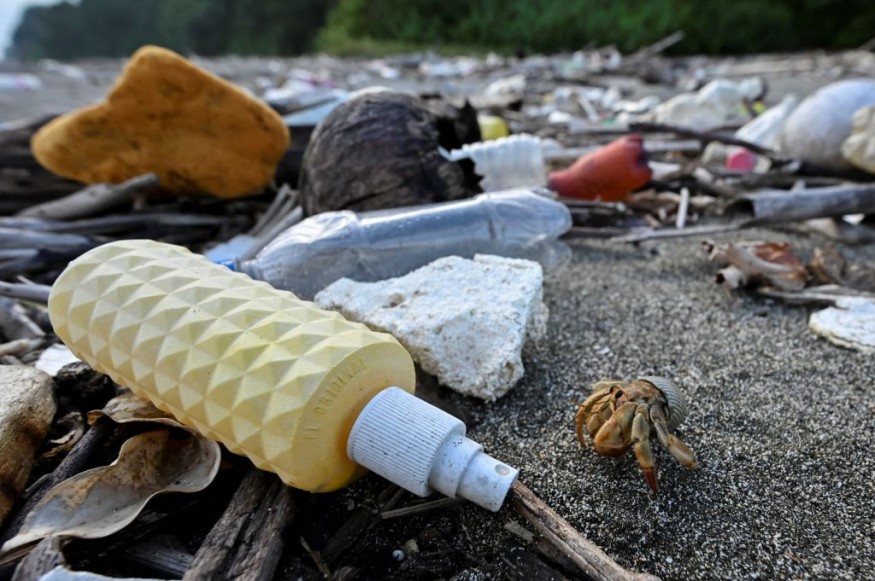Conventional knowledge on air pollution reveals new insights after a team of researchers found nanoplastic particles from snow samples in the Alps mountain range in Europe.
The study was conducted by a research team from the Swiss Federal Laboratories For Materials Science and Technology, Utrecht University, and the Austrian Central Institute for Meteorology and Geophysics.
Air Pollution Put into Perspective

The researchers of the study reported on Science Direct the risk level of plastic pollution in the air is far worse than we thought. Based on the study, they found that around 3,000 tons of nanoplastic particles are deposited in Switzerland every year.
Particles are produced in cities around Switzerland, but some particles came from the atmosphere after plastic particles evaporate from the ocean. Some of these particles travel as far as 2,000 kilometers through the air.
According to ZME Science, the recent findings of the study place the topic of plastic pollution into perspective based on a growing body of research in the past. These studies indicate that plastic pollution due to nano and microplastics, in particular, has worsened across the world.
Experts are still not completely certain about how the plastic particles traveled through the air. According to the authors of the study, their findings are the most accurate record of plastic pollution in the air in contemporary times.
Nanoplastic Particles in the Atmosphere

The research team produced their data by collecting a sample of snow on the surface in the Hoher Sonnenblick mountain in the Hohe Tauern National Park in Austria.
The area has an altitude of approximately 3,100 meters above sea level. The area sits as an observatory of the Central Institute for Meteorology and Geodynamics which has been in operation since 1886.
They placed these samples in their lab to measure any plastic particle content from the snow. As a result, nearly 33% originated from within 200 kilometers
Meanwhile, around 10% were blown through the atmosphere to the mountain from 2,000 kilometers away. The researchers believe the minority of collected particles came from the Atlantic Ocean.
Related Study on Nanoplastic Air Pollution
In a recent study reported by Eco Watch, experts found the presence of nanoplastic particles both in the northern and southern poles of Earth. The researchers of this study said the regions are being polluted for the past 50 years.
The findings show evidence of global air pollution containing nanoplastic particles. By definition, nanoparticles are considered to be smaller but more toxic compared to microplastics.
Both studies said the nanoplastic particles' effect on the human body is still unknown. However, Professor Anoop Jivan Chauhan, a respiratory specialist at Portsmouth Hospitals University, stated the findings are surprising since humans potentially inhale up to 1.8 meters of microplastics every year.
Once inside the body, Chauhan is not certain if the particles cause any damage.
© 2025 NatureWorldNews.com All rights reserved. Do not reproduce without permission.





